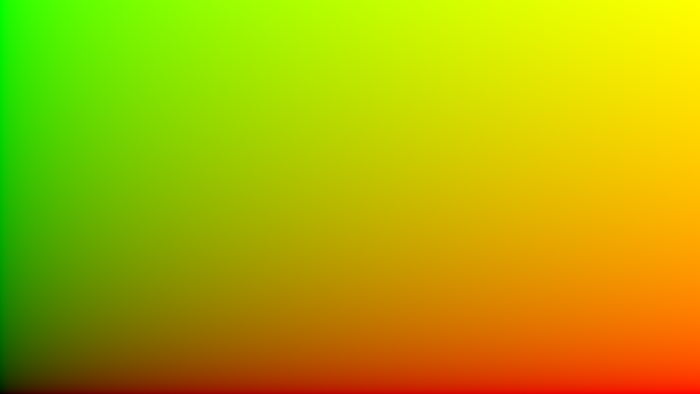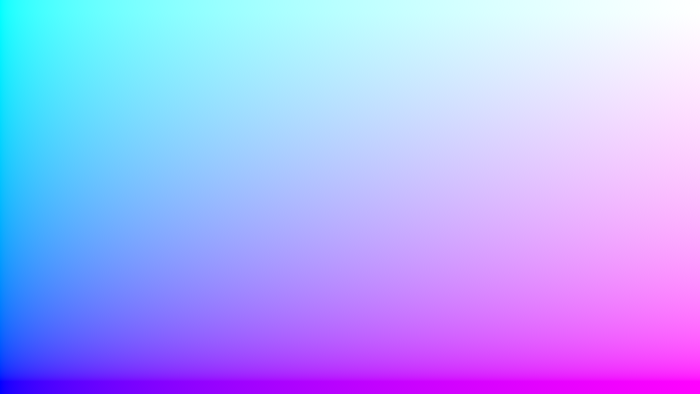https://80.lv/articles/a-new-add-on-for-creating-procedural-crowds-in-blender/





3Dprinting (179) A.I. (898) animation (353) blender (217) colour (241) commercials (53) composition (154) cool (368) design (657) Featured (91) hardware (316) IOS (109) jokes (140) lighting (300) modeling (156) music (189) photogrammetry (197) photography (757) production (1308) python (101) quotes (498) reference (317) software (1379) trailers (308) ves (571) VR (221)
POPULAR SEARCHES unreal | pipeline | virtual production | free | learn | photoshop | 360 | macro | google | nvidia | resolution | open source | hdri | real-time | photography basics | nuke
https://images.response.unity3d.com/Web/Unity/%7B121b241a-e312-4763-a7a6-8f57878e6bec%7D_JW10233_Optimize_Your_Mobile_Game_Perfrormance_R4.3.pdf
Local copy
Linux Shell Script and Command Line for Beginners
Full course
https://www.freecodecamp.org/news/introduction-to-linux
https://neuralradiancefields.io/history-of-neural-radiance-fields/
“Lightfield and hologram capture started with a big theoretical idea 115 years ago and we have struggled to make them viable ever since. Neural Radiance fields aka NeRF along with gaming computers now for the first time provide a promising easy and low cost way for everybody to capture and display lightfields.”
“Neural Radiance fields (NeRF) recently had its third birthday but the technology is just the latest answer to a question people have been chasing since the 1860s: How do you capture and recreate space (from images)?”
“The plenoptic function measures physical light properties at every point in space and it describes how light transport occurs throughout a 3D volume.”
Google project Starline the latest in real time and compression image to 3D technology
https://theta360.com/en/about/theta/z1.html
Theta Z1 is Ricoh’s flagship 360 camera that features 1-inch sensors, which are the largest available for dual lens 360 cameras. It has been a highly regarded camera among 360 photographers because of its excellent image quality, color accuracy, and its ability to shoot Raw DNG photos with exceptional exposure latitude.
Bracketing mode 2022
Rquirement: Basic app iOS ver.2.20.0, Android ver.2.5.0, Camera firmware ver.2.10.3
https://community.theta360.guide/t/new-feature-ae-bracket-added-in-the-shooting-mode-z1-only/8247
HDRi for VFX
https://community.theta360.guide/t/create-high-quality-hdri-for-vfx-using-ricoh-theta-z1/4789/4
ND filtering
https://community.theta360.guide/t/neutral-density-solution-for-most-theta-cameras/7331
https://community.theta360.guide/t/long-exposure-nd-filter-for-ricoh-theta/1100
Text2Light
Royalty free links
Nvidia GauGAN360
An ST map is an image where every pixel has a unique Red and Green colour value that corresponds to an X and Y coordinate in screen-space. You can use one to efficiently warp an image in Nuke.
In 3D you project the STMap against all the elements in the scene and render glass/transmittive elements on top of that.


rayshader is an open source package for producing 2D and 3D data visualizations in R. rayshader uses elevation data in a base R matrix and a combination of raytracing, hillshading algorithms, and overlays to generate stunning 2D and 3D maps. In addition to maps, rayshader also allows the user to translate ggplot2 objects into beautiful 3D data visualizations.
The models can be rotated and examined interactively or the camera movement can be scripted to create animations. Scenes can also be rendered using a high-quality pathtracer, rayrender. The user can also create a cinematic depth of field post-processing effect to direct the user’s focus to important regions in the figure. The 3D models can also be exported to a 3D-printable format with a built-in STL export function, and can be exported to an OBJ file.
COLLECTIONS
| Featured AI
| Design And Composition
| Explore posts
POPULAR SEARCHES
unreal | pipeline | virtual production | free | learn | photoshop | 360 | macro | google | nvidia | resolution | open source | hdri | real-time | photography basics | nuke
FEATURED POSTS
Social Links
DISCLAIMER – Links and images on this website may be protected by the respective owners’ copyright. All data submitted by users through this site shall be treated as freely available to share.
